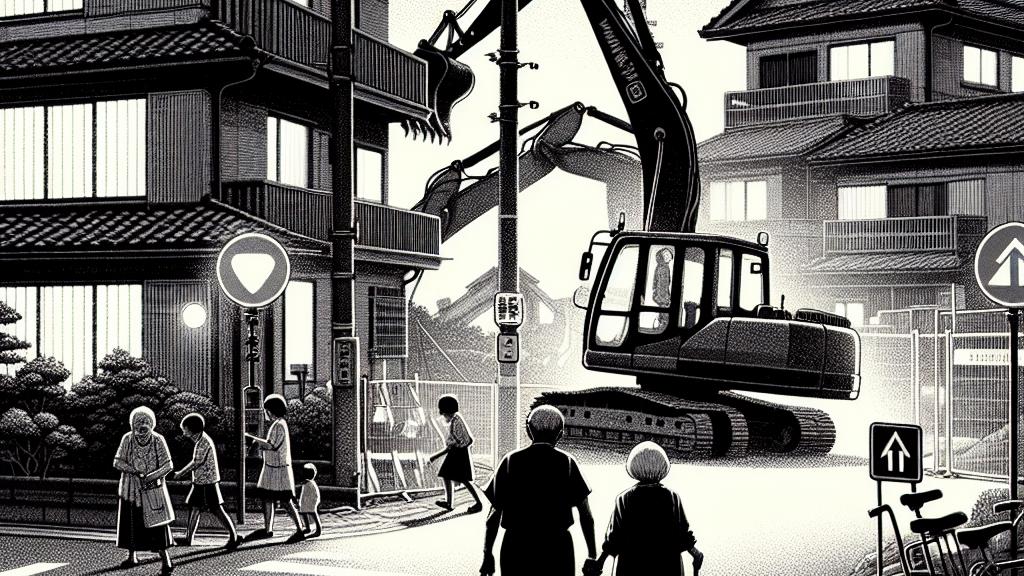Residents Rally Against Road Plans Threatening Their Homes
Overview
- Takasago City, Hyogo, residents confront imminent displacement due to a proposed highway construction project.
- The road construction threatens not only their homes but also the tranquility that defines their community.
- Local voices express heartfelt concerns about noise pollution and its lasting impact on future generations.

Background of the Road Project
Nestled in the peaceful Takasago City, located in Hyogo Prefecture, Japan, long-time residents face an unsettling threat: their homes are in the path of a new roadway project aimed at easing gridlocked traffic. The Harima Rinkai Regional Road promises to connect key areas and pave smoother transport routes, but at what cost? For many, including the beloved local elder Masao Dodo, who enjoys evening strolls through his serene neighborhood, this development means losing everything familiar and cherished. Imagine waking up to the sounds of construction and the sight of earthmovers where children once played—a stark contrast to the tranquility that has enveloped their community for decades.
Local Residents' Concerns
As the reality of the road project sets in, residents are grappling with a whirlwind of emotions. The looming question resonates: How will their lives change when bustling traffic replaces peaceful streets? In conversations, neighbors express outrage and sadness, worrying that future children might not know the joy of playing outside without the worry of heavy vehicles racing past. Dodo articulates his dismay, stating, "I never dreamed that a road would cut through my home; this is where I have built my life." The heartfelt sentiment is echoed by many who fear that their tranquil lifestyle will be drowned out by relentless noise, forever altering the character of their neighborhood. Each resident speaks passionately about their right to retain a peaceful home, asserting that this is not merely about property but about preserving a way of life.
Resolution and City Planning Dynamics
Despite the community's fervent protests, city officials maintain that the road is essential for improving regional traffic flow and economic development. However, this stance has sparked a heated debate: should economic gain come at the expense of community well-being? Initially, planners proposed various alternative routes that could sidestep residential areas, but ultimately, the decision fell to a direct path through neighborhoods, igniting outrage among residents. It raises critical moral questions about urban planning: How can a city prioritize infrastructure while honoring the needs of its inhabitants? As public forums grow more intense and community engagement thrives, the voices of Takasago residents remind us that development should embrace collaboration and empathy, ensuring that progress paves the way for inclusivity, not division.

Loading...